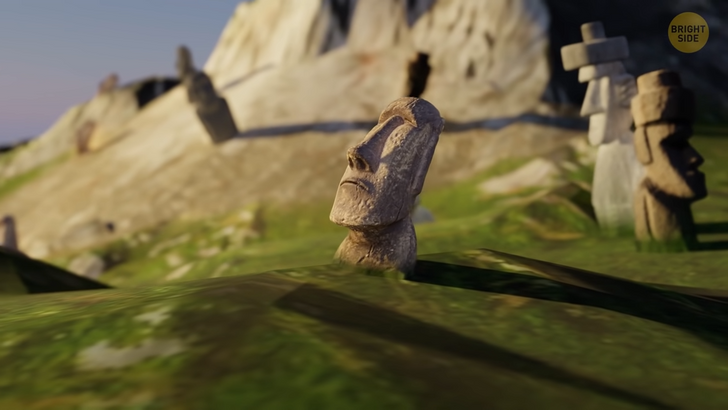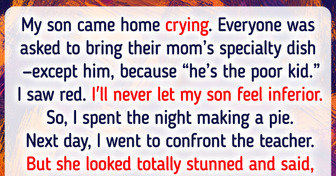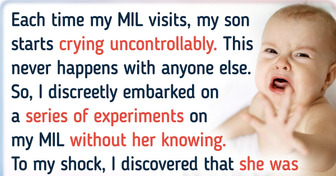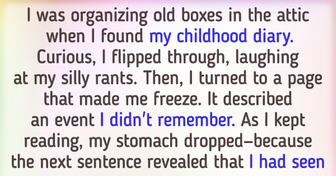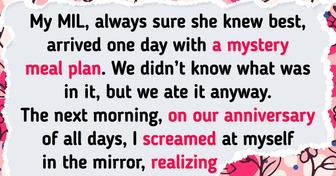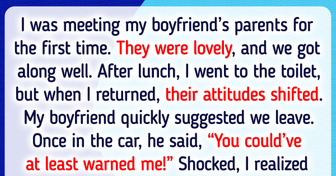Heidi Klum’s Rarely Seen Son Makes Runway Debut—Fans Notice the Same Thing
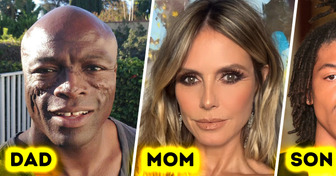
A shadow is cast when you have an object in the path of light. Light travels in a straight line, which is why you always get a shadow when something’s in front of a light source — birds and airplanes are no exception. They DO cast shadows, but we can’t see them.
The closer the object to a source of light, the denser its shadow, and vice versa: if the object is too far away, its shadow disperses. A commercial airplane flies at 35,000-40,000 [ft] [12,191 m] feet — at such a height, you barely see the plane, let alone its shadow. It’s too far from the Earth’s surface, so its shadow is scattered, and you can’t see it — the same goes for birds.
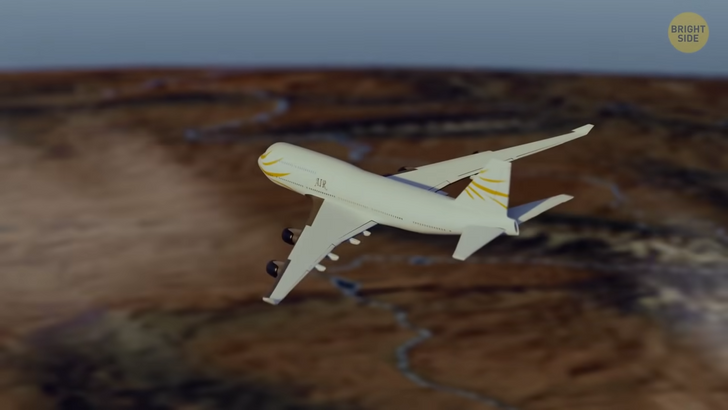
But, if there was a giant asteroid passing by the Earth, you’d see its shadow — based on the same principle by which lunar and solar eclipses work. A solar eclipse is when the Moon is directly between the Earth and the Sun, blocking the Sun’s rays. That casts a shadow on some parts of the Earth.
The Moon is 400 times smaller than the Sun, but it’s also 400 times closer to our planet than the star, which is why they seem the same size in the sky. But, since the Moon is smaller, its shadow is not big enough to cover the whole Earth, so it’s only cast to some parts of it.
Lightning is never a triangle, straight line, or circle — it has a zigzag shape. Lightning is an electric current, like those you have in your house, except this one is much more powerful. It always takes the path of least resistance.
There are lots of things in the air, like dust particles, gases, and other substances, so it’s uneven and irregular. Let’s say you have a mound of sand. When you pour water, it won’t flow downward in a straight line, but in specific patterns, seeking the best way through the sand. The same happens with lightning.
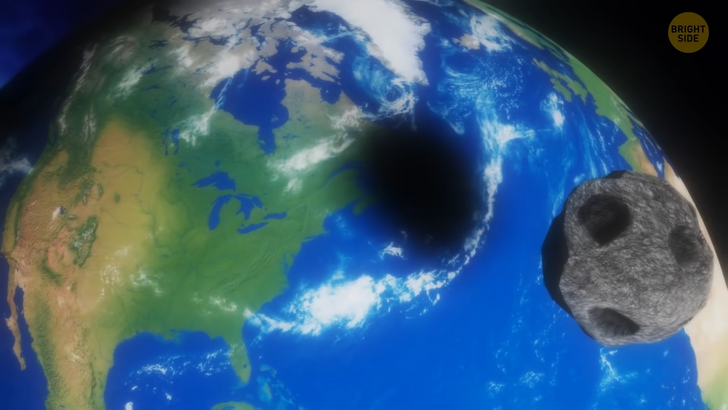
Antarctica has icebergs that look like giant ocean waves frozen in motion. Despite their appearance, these formations are created over long periods of time. The ice got lifted, compacted, and shaped by the wind and other elements, accidentally taking the ‘wave’ shape in the end.
“Blood Falls” is a glacier in Antarctica that pours out some sort of red liquid that looks like blood. Scientists say it happens because there’s a salty lake with a large iron content under the glacier. Saltwater freezes at a lower point than fresh water, so it melts the ice above, letting the river flow. This is the coldest glacier on our planet, which is why the water can constantly flow without melting it. And the red color is because of the iron in the water.
Antarctica is the only continent where you can’t find reptiles. They’re cold-blooded, which means they depend on heat from their environment to keep their bodies warm and can’t survive in cold icy regions such as Antarctica. Penguins can relax — no snakes or crocodiles to bother them there.
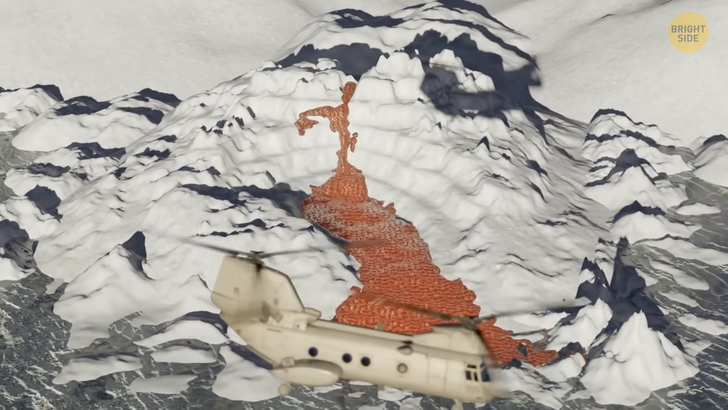
Only a quarter of the Sahara territory is sand. There are mountains and oases, but most of the desert is covered in gravel. And it’s not the biggest desert on Earth — Antarctica is. Just like people, trees also stop growing at a certain age.
Scientists think this could be because when a tree gets old and reaches a certain height, it has trouble pulling water from the soil and pumping it all the way to the top because of gravity. Some trees, like the baobab, start growing out instead of up when they get to their full height. The baobab expands up to 0.4 inches [1.0 cm] every year.
Australia is atop one of the world’s fastest-moving tectonic plates — it moves 2.5 inches [6.3 cm] northward every year, which is about the rate our fingernails and hair grow. If you feel like trying to find something to watch on TV is wasting your life, studies agree. The average person spends 1.3 years flipping between channels and trying to find something worthy of their attention.
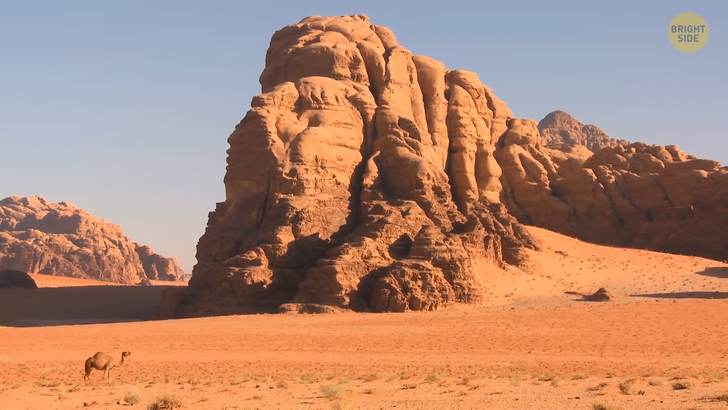
You can see a rainbow at night too. It’s a rare phenomenon called a lunar rainbow — or moonbow — and it appears when moonlight is reflected and dispersed through moisture and water droplets in the atmosphere. Lunar rainbows mostly occur in areas with high rainfall or even near waterfalls surrounded by mist.
When you crack an egg on land it can turn into a mess, but 60 feet under the ocean [60.0 ft] [18.3 m], there’s 2.8 times the atmospheric pressure on the egg. Which is why it holds together like there’s an invisible shell — and looks like some sort of weird jellyfish. Stars don’t actually twinkle. Their light is constant and steady, but when it interferes with Earth’s atmosphere, it bumps and bounces through the air, which bends the light. Different layers of air are constantly moving, which changes the bending of the light too, so it looks like twinkling.
Hudson Bay, Canada is the area where gravity is lower than in other parts of our planet. It’s not like people there are free-floating like in space, but it may feel like some sort of a natural geographical diet: lower gravity leads to less density, so you’d weigh less there than anywhere else.
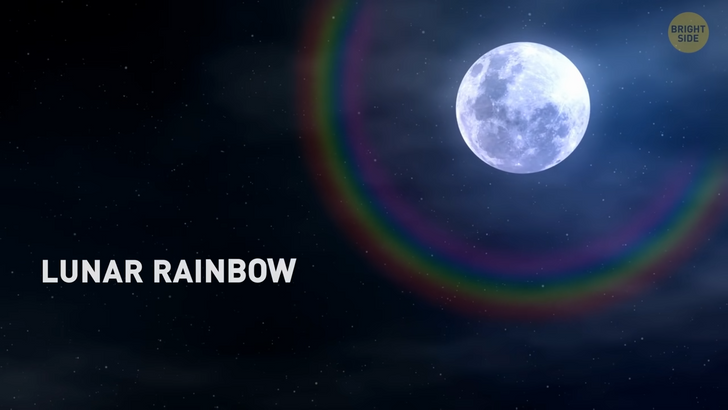
Gravity depends on the density of the Earth, so it’s uneven. When the last ice age hit, Hudson Bay was covered by a 2-mile thick glacier. It was heavy, so it kept pushing down on the rock underneath it. Over 20,000 years ago, the glaciers began to melt, but the Bay region was left deformed due to heavy ice that used to be there.
The only sport someone played on the Moon was golf. In 1971, an astronaut went to the Moon and hit two golf balls, sending them flying through the low-gravity atmosphere on the lunar surface. The Great Wall of China is 5,000 miles [8,045 km] long, so it’d take you about 18 months to walk its length. Contrary to popular belief, you can’t see it from space with your bare eyes.
Lobsters are not ‘biologically immortal’. They age through time, but also produce a special enzyme that’s in charge of repairing their cells. It also replicates their DNA indefinitely, so they can live for a very, very long time. If you went to the deepest part of the ocean, you’d feel an incredibly strong pressure, more than 8 tons per square inch, which is like having 50 jumbo jets lying on top of you.
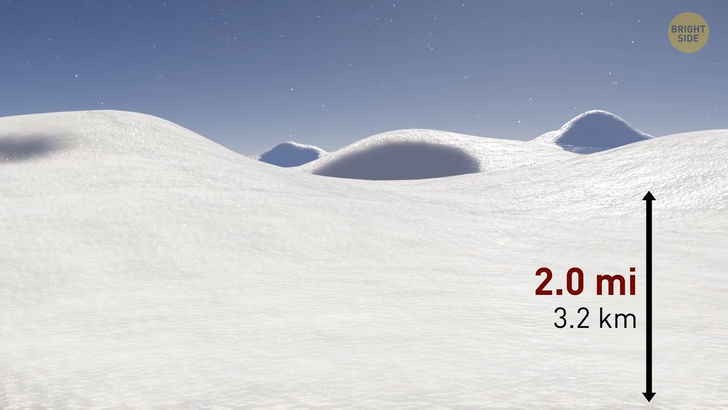
The Sun is the biggest object you can find in our solar system. While there are so many rocky planets, gas giants, asteroids, and dwarf planets — the sun still makes up 99.8% of the total mass of our system. The Sun is in the most stable stage of its life cycle at the moment, but in around 5 billion years, it will run out of hydrogen, its fuel.
We can see sunsets because the atmosphere of our planet acts like a prism. Science calls it “scattering”. There’s more distance between us and the Sun at the time of sunset, meaning more particles and molecules are in the air. They scatter some of the short-wavelength violet and blue light off in different directions. This process happens millions of times before the beam of sunlight gets to our eyes — and that’s when we see some other colors of the spectrum such as orange or yellow.
Tsunamis can reach a speed of more than 500 mph [805 kph], which is as fast as a jet plane. They retain the energy, which means they can move across the ocean and almost not lose energy at all until they reach the shore.
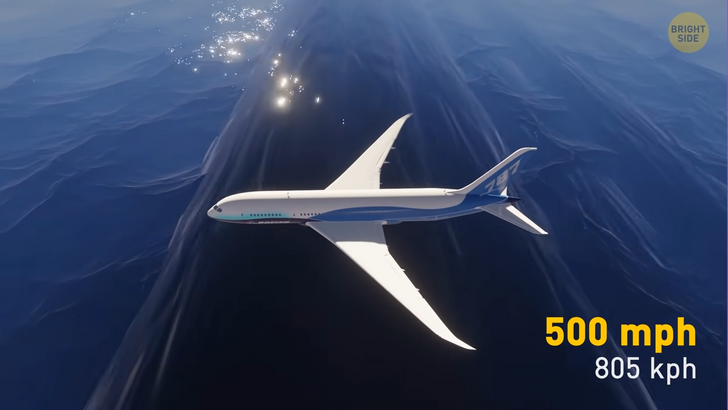
Octopuses are some of the most intelligent creatures in the sea. They navigate through mazes, solve problems, and have pretty good short-term memory. Scientists believe they’re so smart because they live a pretty dynamic life: they move fast, hide in unpredictable places, expand across new habitats, move in unusual patterns, and let their tentacles into crevices for food... This is all challenging enough for their brain to develop all the time.
The famous heads, known as Moai [mow-AH-ee] statues, on Easter Island have bodies too. They’re just hidden beneath the surface. There are almost 900 Moai statues on the island.
Scientists discovered New Zealand is part of a larger landmass that lies under the water. 94% of the total land is under the surface. It’s called Zealandia, and is considered to be a microcontinent. Maybe it’ll even be the 8th on the list someday.
